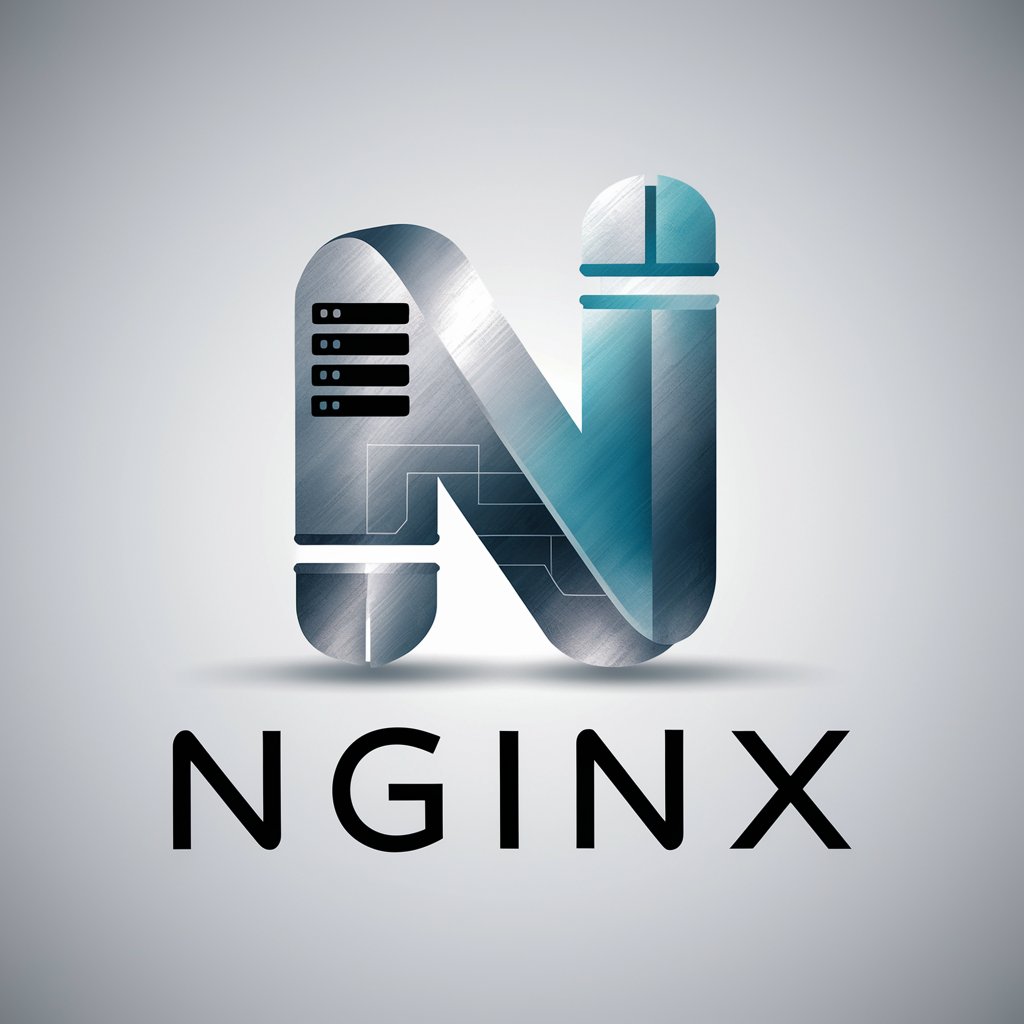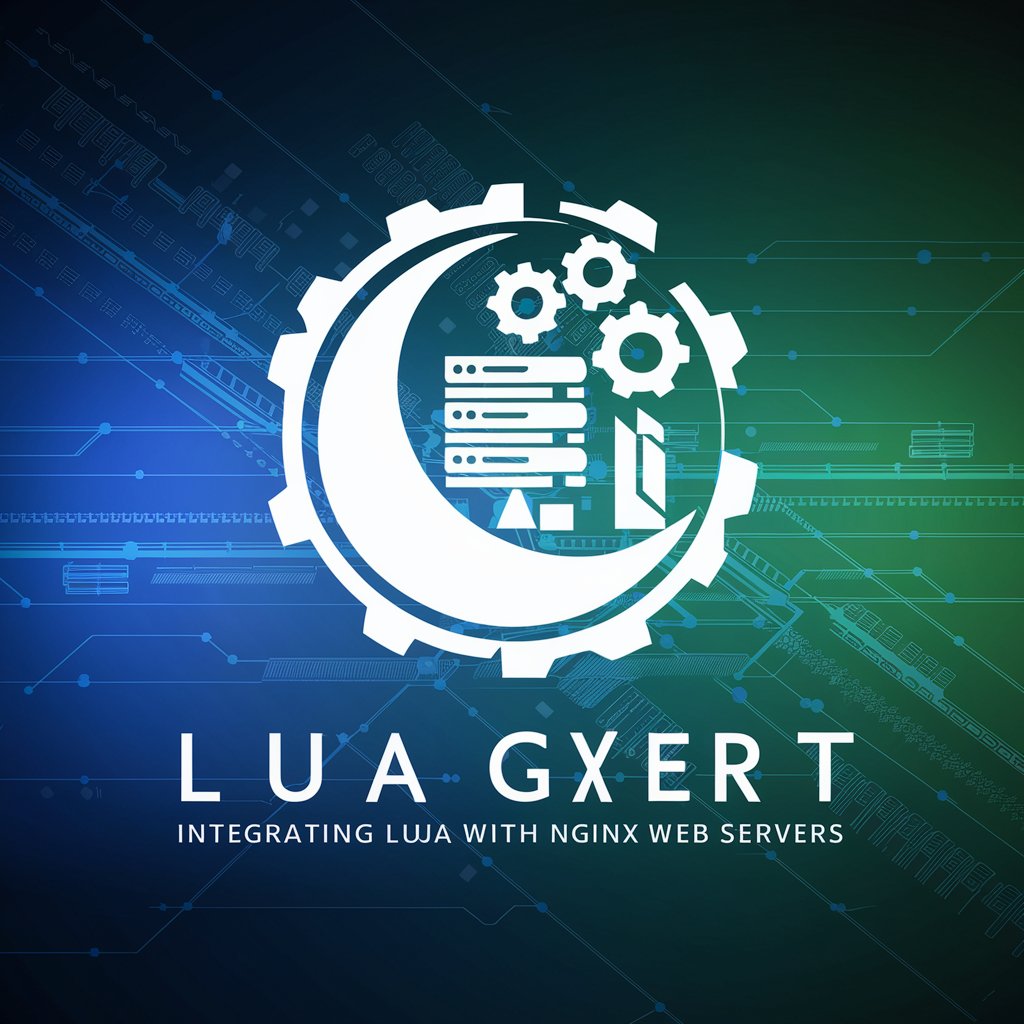11 GPTs for Load Balancing Powered by AI for Free of 2025
AI GPTs for Load Balancing are advanced generative pre-trained transformer models specifically designed to address tasks and challenges within the load balancing domain. These AI tools leverage the power of machine learning to analyze, predict, and distribute network or application traffic across multiple servers or resources efficiently. By doing so, they ensure optimal resource utilization, minimize response times, and maintain system reliability and scalability. The integration of GPT technology in load balancing solutions marks a significant evolution, offering dynamic, intelligent mechanisms that surpass traditional static methods.
Top 10 GPTs for Load Balancing are: NGINX,Pfsense configuratore,Kubernetes Master,Open RAN xApps / rApps,Caddy Reverse Proxy Advisor,Heimdall Data Database Query Cache Expert,Kubernetes Konfigurator,☁️ Cloud Controller 🖥️,Lua Power-Up: Enhancing Nginx with Lua Expertise,shared folder in cluster with Linux
NGINX
Elevate web performance with AI-driven insights

Pfsense configuratore
AI-powered network optimization made simple.

Kubernetes Master
Automate container deployment, scaling, and management

Open RAN xApps / rApps
Empowering dynamic RAN optimization

Caddy Reverse Proxy Advisor
AI-powered Caddy Configuration Mastery

Heimdall Data Database Query Cache Expert
Optimize database performance, effortlessly.

Kubernetes Konfigurator
AI-driven Kubernetes Setup and Integration

☁️ Cloud Controller 🖥️
AI-driven Cloud Optimization

Lua Power-Up: Enhancing Nginx with Lua Expertise
Elevate Nginx with AI-driven Lua scripting

shared folder in cluster with Linux
Centralize your data, empower your cluster

SD Road
Architecting Tomorrow's Scalable Systems

Distinctive Attributes of Load Balancing AI Tools
AI GPTs tools for Load Balancing boast a range of unique features, including the ability to learn and adapt to changing network conditions in real-time, predictive analytics for anticipating future traffic patterns, and automated decision-making for optimal resource allocation. Their language processing capabilities enable them to understand complex queries and instructions, providing technical support and facilitating easier management of load balancing tasks. Moreover, these tools can seamlessly integrate with existing infrastructures, offering customizable solutions that cater to specific needs, from simple load distribution to advanced traffic shaping and fault tolerance strategies.
Who Benefits from Load Balancing AI?
The primary users of AI GPTs tools for Load Balancing include IT professionals, network administrators, and developers who seek to enhance system efficiency and reliability. These tools are also invaluable for novices in the field, offering straightforward interfaces that simplify load balancing concepts. Additionally, they provide advanced users with powerful programming interfaces for custom solution development, making them versatile tools for a wide range of users aiming to optimize network and server performance.
Try Our other AI GPTs tools for Free
Automated Scaling
Discover how AI GPTs revolutionize Automated Scaling with adaptable, user-friendly solutions for efficient resource optimization.
Continuous Delivery
Discover how AI GPTs revolutionize Continuous Delivery, offering adaptable automation, enhanced efficiency, and tailored solutions for seamless software deployment.
Drug Development
Explore how AI GPTs revolutionize drug development, offering predictive analytics, data analysis, and advanced research tools to accelerate and innovate pharmaceutical research.
Genomic Analysis
Discover how AI GPTs for Genomic Analysis transform genetic research with advanced data interpretation, predictive modeling, and seamless integration for professionals and novices alike.
Biotechnology Innovation
Explore AI GPTs for Biotechnology Innovation: cutting-edge tools designed to propel research and development in the biotech field through advanced AI capabilities.
Storyline Brainstorming
Discover AI-powered tools for storyline brainstorming, designed to inspire and assist in crafting compelling narratives with ease. Perfect for writers at all levels.
Expanding Horizons with AI in Load Balancing
AI GPTs tools for Load Balancing are revolutionizing the way networks manage traffic, offering unparalleled flexibility, efficiency, and reliability. Their ability to learn and adapt in real-time, combined with user-friendly interfaces, makes them ideal for a broad spectrum of applications. Furthermore, their integration capabilities allow for seamless adoption into existing workflows, providing a futuristic approach to managing digital infrastructures.
Frequently Asked Questions
What exactly are AI GPTs for Load Balancing?
AI GPTs for Load Balancing are AI-driven tools that use machine learning and natural language processing to manage and distribute traffic across servers or resources efficiently.
How do these tools improve upon traditional load balancing methods?
They offer dynamic, real-time decision-making capabilities, predictive analytics for traffic management, and adaptable resource allocation strategies, significantly improving system responsiveness and reliability.
Can non-technical users operate these AI tools effectively?
Yes, these tools are designed with user-friendly interfaces that simplify the management of load balancing tasks, making them accessible to non-technical users.
Are there customization options for developers?
Absolutely, developers can access advanced programming interfaces to tailor the AI GPTs tools for specific requirements or integrate them into existing systems.
Do these AI tools support automatic scaling?
Yes, one of the core features includes the capability for automatic scaling, adjusting resource allocation in response to fluctuating traffic loads.
How do AI GPTs for Load Balancing predict traffic patterns?
They utilize machine learning algorithms to analyze historical data and current trends, enabling them to anticipate future traffic fluctuations and prepare accordingly.
Is integration with existing systems possible?
Yes, these tools are designed to be compatible with a wide range of existing infrastructure and systems, facilitating smooth integration.
What impact do AI GPTs have on system reliability?
By ensuring efficient resource distribution and managing traffic proactively, these tools significantly enhance system reliability and uptime.